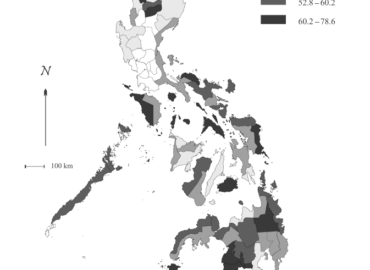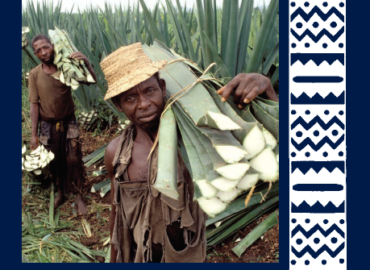Over the past several years, the convergence of global crises in food, energy, finance, and the environment has driven a dramatic revaluation of land ownership. Powerful transnational and national economic actors from corporations to national governments and private equity funds have searched for ‘empty’ land often in distant countries that can serve as sites for fuel and food production in the event of future price spikes. This is occurring globally, but there is a clear North–South dynamic that echoes the land grabs that underwrote both colonialism and imperialism. In addition, however, there is an emerging ‘South–South’ dynamic today, with economically powerful non-Northern countries, such as Brazil and Qatar, getting significantly involved. The land— and water and labor—of the Global South are increasingly perceived as sources of alternative energy production (primarily biofuels), food crops, mineral deposits (new and old), and reservoirs of environmental services. National governments have looked inward as well, in what is often internal colonialism whereby land seen officially as marginal or empty is set aside for commodity production. The pace and extent of these land deals has been rapid and widespread (GRAIN 2008). Estimates by the International Food Policy Research Institute (IFPRI) suggest that roughly 20 million hectares exchanged hands in the form of land grabs between 2005 and 2009 (von Braun and Meinzen-Dick 2009). The World Bank report on land grabs (or, as the Bank calls it, agricultural investment), released in September 2010, estimated this global phenomenon at 45 million hectares (World Bank 2010). Sub-Saharan Africa is the site of the most speculative major land deals, including one thwarted deal in Madagascar that brought down the government (Cotula et al. 2009), while major areas are being targeted for commodity crops, fuel crops, investment, and ecosystem services in South America, Central America, Southeast Asia, and the former USSR (Zoomers 2010, Visser and Spoor 2011). There are various mechanisms through which land grabbing occurs, ranging from straightforward private–private purchases and public–private leases for biofuel production to acquisition of large parcels of land for conservation arrangement, with variegated initial outcomes (Hall 2011, Wolford 2010). Some of this land has been cleared of existing inhabitants and users but not yet put into production; in many cases buyers and investors are simply preparing for the next global crisis.
Authors: Saturnino M. Borras Jr., Ruth Hall, Ian Scoones, Ben White and Wendy Wolford
Published by: The Journal of Peasant Studies (2011)
Toward a Better Understanding of Global Land Grabbing_JunBorras



